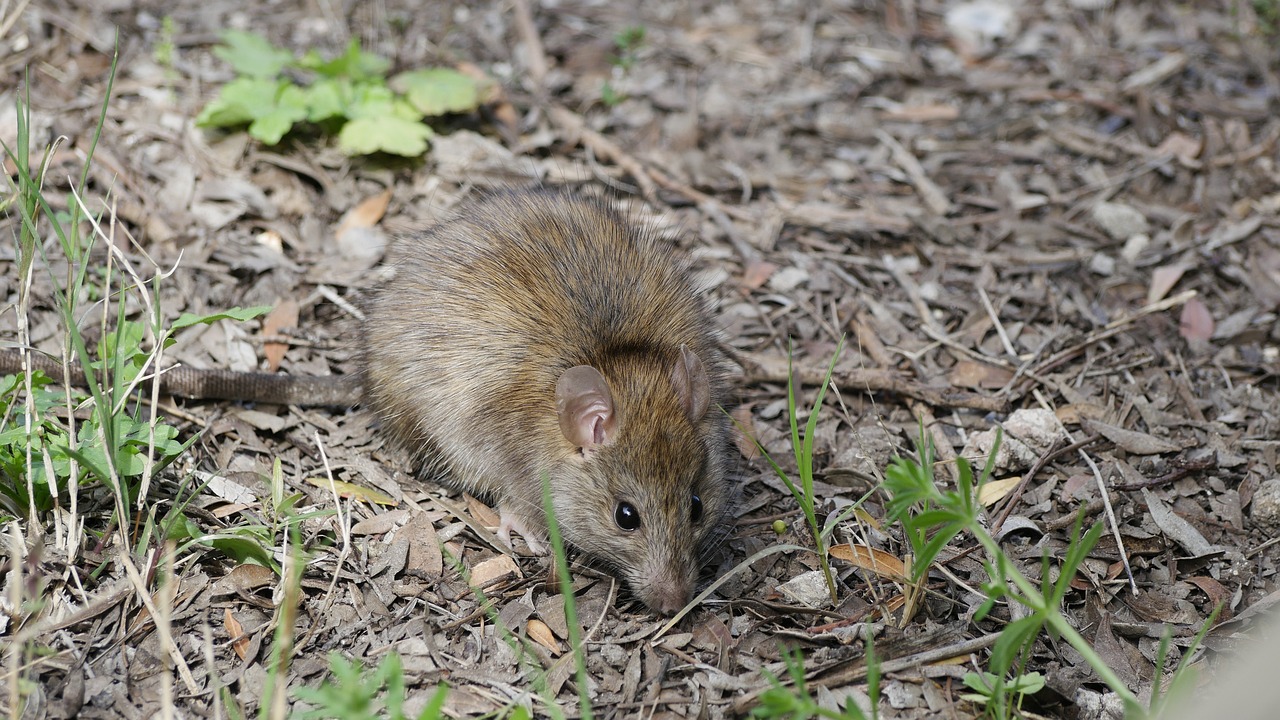

Where Do Rats Live and Nest? Identifying and Managing Rat Habitats
Excel Pest Services is committed to providing professional pest control services that help you maintain a clean and healthy environment, whether it’s your home, warehouse, or commercial space. Among the many pests we encounter, rats are particularly troublesome due to their adaptability and nesting behaviors. Understanding where rats live and nest is crucial for effective control and prevention.
This article will help you identify rat habitats both indoors and outdoors, understand how rats live, and provide insights into identifying and removing nests safely.
Where Do Rats Live Indoors?
Rats are highly adaptable creatures and can comfortably live indoors in various places. They often choose hidden, undisturbed areas where they can build nests and have easy access to food and water. Common indoor habitats include attics, basements, crawl spaces, and wall voids. Rats are also known to inhabit kitchens, especially in and around cabinets, pantries, and storage areas, where they can easily find food sources. Once inside, rats can quickly adapt to their new surroundings, gnaw through materials like wood, plastic, and even metal, and create pathways throughout your property.
If you suspect rat activity, a professional residential pest control or commercial pest control inspection can help pinpoint where these rodents are hiding and what measures need to be taken to remove them.
Where Do Rats Live Outdoors?
Outdoors, rats seek sheltered environments where they can safely hide, nest, and reproduce. Rats commonly live in burrows, which are typically found under bushes, in gardens, or under structures like decks and sheds. Burrows offer rats protection and a way to access their food sources undetected. Rats also thrive in overgrown areas, piles of debris, wood stacks, or compost heaps. These environments provide ample cover and make it easier for rats to remain hidden from predators and humans.
In urban environments, rats may also live under sidewalks, streets, and near garbage disposal areas. The abundance of waste and shelter opportunities make these areas perfect for them to live and breed. Regular yard maintenance and debris removal are key steps in reducing potential outdoor habitats for rats.
How Do Rats Live?
Rats are resourceful survivors and possess several behavioral and environmental adaptations that allow them to thrive. Understanding how rats live can be vital for effective control:
- Nesting Habits: Rats build nests to protect their young, stay warm, and provide a safe space to rest. They use materials like shredded paper, leaves, insulation, and fabric to build these nests.
- Nocturnal Lifestyle: Rats are primarily nocturnal, meaning they are most active at night. This makes it challenging to spot them during the day, but it also means their noises (scratching, squeaking, scurrying) can give clues to their presence.
- Food Sources: Rats are omnivores and will eat anything from food scraps to pet food. They have strong memories and will repeatedly visit familiar sources of food and water. This behavior can make it easier to trap them if you know their feeding spots.
Rats’ adaptability makes them a challenge to control, but by understanding their behaviors, you can take steps to mitigate infestations. For more help with controlling rat activity, consult rodent pest control specialists.
Where Do Rats Nest?
Rats build their nests both indoors and outdoors. Indoors, nests are often found in attics, behind walls, inside cabinets, and in cluttered areas like garages or storage rooms. Rats choose nesting spots that provide warmth, safety from predators, and proximity to food and water sources. Outdoors, rats nest in burrows they dig themselves or in pre-existing spaces like tree hollows, dense vegetation, or abandoned structures.
Rats may use nesting materials they find nearby, such as leaves, grass, paper, fabric, and insulation, which they shred to create soft and concealed nests. These nests are typically hidden in places with limited human traffic to ensure safety and concealment.
Identifying Rat Nests and Their Characteristics
Rat nests can be identified by looking for loose piles of materials like shredded paper, fabric, and other debris that are formed into ball-like shapes. Nests are usually found in dark, secluded areas and may be accompanied by rat droppings, gnaw marks, and greasy rub marks left as the rats move in and out of the nest. These nests differ from those of house mice, which tend to be smaller and may be located closer to human activity.
If you notice nests or other signs of rats in your home, such as droppings or chewed wires, it is crucial to take immediate action to prevent health hazards. Learn more about the rodent health hazard posed by rats and the best ways to protect your home and family.
Finding and Removing Rat Nests
Locating and removing rat nests is essential for managing and preventing infestations. Here are some steps to help you safely find and remove nests:
- Inspect Hidden Areas: Search for nests in less-traveled areas like attics, basements, and behind appliances. Outdoors, look for burrows or holes near foundations, under decks, and around shrubs or wood piles.
- Look for Signs: Droppings, gnaw marks, and shredded materials are key indicators of rat nests. If you find any of these signs, it's likely that a nest is nearby.
- Safely Remove Nests: When removing a nest, wear gloves and a mask to protect against contaminants. Use a plastic bag to dispose of the nest and thoroughly clean and disinfect the area afterward. If the nest is located in a hard-to-reach area, consider consulting rats pest control professionals for safe removal.
Prevention is critical to keep rats from returning, so seal any entry points, reduce food sources, and use traps or natural repellents as needed. Our warehouse pest control services can also provide effective measures for commercial spaces and storage facilities.
Conclusion
Rats are highly adaptable creatures that can live and nest in a variety of indoor and outdoor environments. By understanding their preferred habitats and behaviors, you can take proactive measures to prevent infestations and protect your property. Whether rats are nesting indoors in your attic or outdoors in burrows, identifying and removing nests is crucial for maintaining a rodent-free environment. If you suspect rat activity or find nests on your property, don’t hesitate to contact Excel Pest Services for professional advice and assistance in managing and preventing rat infestations.
Taking quick action can prevent rats from causing damage and spreading disease, making your home or business a safer place. Let Excel Pest Services help you find the best solution for your rat problem today!





